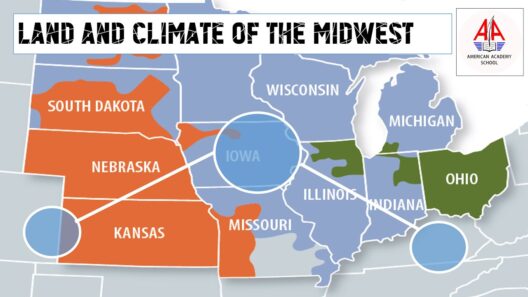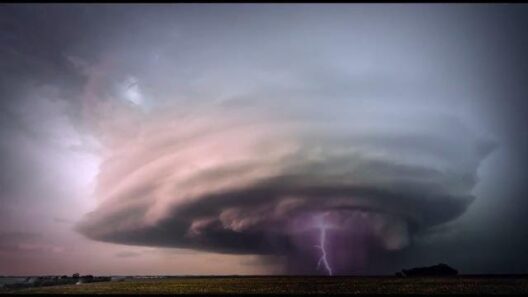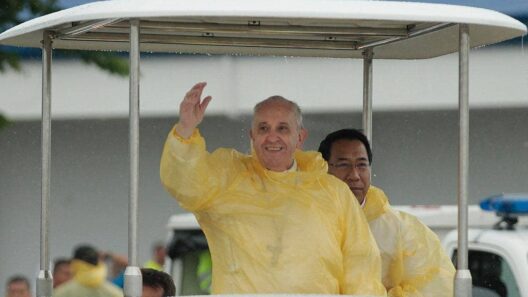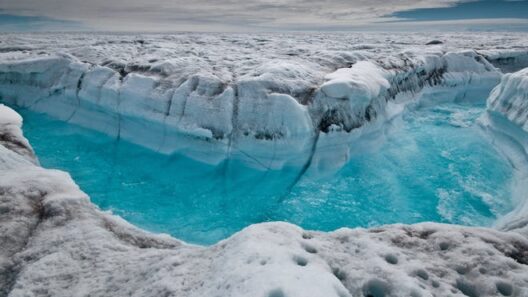As the sun blazes ever hotter, a silent catastrophe unfolds across the globe, reminiscent of an artist’s palette ravaged by relentless drought. The vivid colors of biodiversity are fading, and the canvas of life as we know it is at risk of becoming desaturated and monochromatic. Among those most affected by this phenomenon are the world’s most vulnerable species, teetering on the precipice of extinction due to the relentless advance of global warming.
The delicate balance of ecosystems is akin to a finely tuned orchestra, where each species plays a crucial note in the symphony of life. Yet, as temperatures rise, this orchestra begins to falter. Species that once thrived in their habitats are finding themselves ill-prepared to cope with the rapid changes in climate. The vulnerable often bear the brunt of these changes, as they have neither the adaptability nor the resilience to withstand extreme conditions.
Temperature increases directly impact the physiology and breeding patterns of numerous species. For instance, marine life is increasingly suffering from coral bleaching—an event where rising sea temperatures cause corals to expel the symbiotic algae that nourish them. This phenomenon acts not just as a wake-up call but as a clarion signal of the consequences of warming seas. Coral reefs, often called the “rainforests of the sea,” provide habitat for countless marine organisms. Their degradation signifies the loss not merely of coral but of entire ecosystems reliant upon them.
Similarly, polar regions are experiencing some of the most profound alterations due to climate change. Polar bears, emblematic of the plight of Arctic wildlife, rely heavily on sea ice to hunt seals. As temperatures rise, the ice melts, and the bears find it increasingly difficult to procure food. This struggle for survival illustrates the broader narrative of species unable to adapt to the swiftly changing environment. The metaphor of the Polar bear is poignant; it serves as a stark representation of the existential crisis faced by many vulnerable species, caught in a fight against time and temperature.
Beyond the charismatic megafauna, countless lesser-known species are also imperiled. Amphibians, often regarded as ecological indicators, are succumbing to the dual threats of habitat loss and disease exacerbated by climate change. Species like the golden toad of Costa Rica, once a vibrant inhabitant of the cloud forests, became a ghost whispering through the annals of extinction due to shifts in humidity and temperature. Their plight serves as a reminder that every species, however small, plays an intricate role in the ecological landscape.
Further complicating this precarious situation is the phenomenon of climate-driven habitat loss. As the climate warms, ecosystems shift—forests may migrate toward cooler altitudes or latitudes, wetlands may dry up, and grasslands may change composition. The species that rely on these habitats face displacement or, in the worst cases, inexorable extinction. For example, mountain-dwelling species such as the Himalayan tahr are already straining against the limits of their altitudinal range. Ascending the mountains in search of cooler climates, they find little respite—as their sanctuary shrinks, so does their survival.
Yet, not all species are equally vulnerable. Invasive species thrive in fluctuating climates; they are opportunistic and often more adaptable than the natives. These invaders exploit the environmental upheaval, further exacerbating the plight of those already struggling. The delicate balance of ecosystems is disrupted, as once stable communities see their dynamics transformed, spiraling into chaos. This sets off an intricate domino effect where the impacts of one species ripple through the entire food web, demonstrating the interconnected nature of life systems.
In efforts to stem the tide of this impending crisis, conservation strategies must evolve. Protecting those species on the brink of extinction often requires a multifaceted approach involving habitat preservation, legal protections, and, in some cases, direct interventions such as captive breeding programs. Understanding the unique ecological requirements of each species is imperative. They are the threads in the intricate tapestry of life, and their loss can break the fabric of our ecosystems.
Moreover, the discourse surrounding climate change must expand to consider the ethical implications of our actions. As stewards of this planet, the onus falls upon humanity to safeguard the legacy of life in all its forms. We must envision a future where adaptation and resilience models are not merely concepts, but foundational elements of global policy and action. Envisioning a symbiotic relationship with nature rather than a dominion over it requires a paradigm shift in how we interact with the environment.
Scientific research plays a pivotal role in understanding these complex dynamics. As we delve deeper into the ecological impacts of warming habitats, we must advocate for impactful policies that prioritize biodiversity preservation. Data-driven conservation can illuminate the pathways toward sustainable coexistence with our planet’s diverse life forms. Protecting the irreplaceable means recognizing the unique appeal of every species—from the majestic to the miniscule—and understanding their invaluable contributions to our shared home.
In conclusion, the relentless advance of global warming stands as a formidable adversary, endangering our most vulnerable species. The orchestra of our ecosystems is faltering, and the haunting silence threatens to envelop the planet. By fostering resilience through informed action, ethical consideration, and a profound respect for nature, we can become the guardians we are meant to be. The fight against global warming is not solely about protecting our environment—it’s about preserving the rich tapestry of life that enriches our planet for generations to come.







